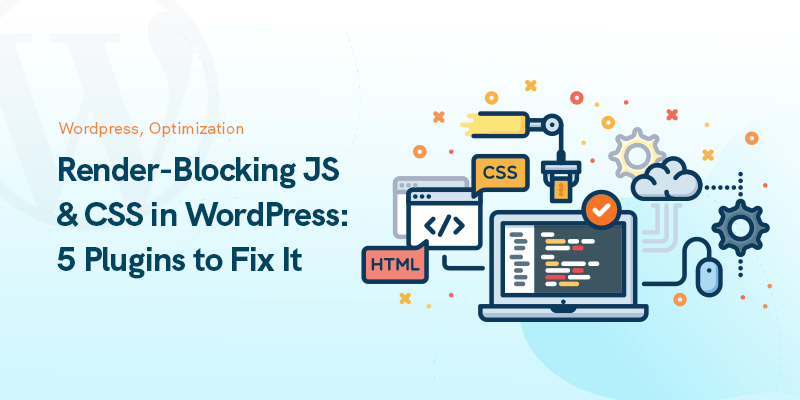
Render blocking ccs automize code#
These CSS classes get overridden by few other classes without media queries and pseudo-classes, resulting in more code to achieve less styling. Having lots of crossed-out styles (in a browser styles inspector) across multiple selectors (without media queries or pseudo-classes) can be an indicator of undoing CSS caused by poorly structured CSS. This results in redundancy and a lot of waste in code. Developers are writing more code to have less styling. Undoing CSS where higher-specificity selectors “reset” the lower-specificity selector style.“Specificity hell” where new features are added by overriding instead of existing the CSS codebase.Inconsistency in the file structure, CSS class naming, overall quality of CSS, etc.The development team has lost track of which CSS code is used and which can be safely removed. Leftover, unused chunks of code from deleted features.Multiple different CSS selectors with duplicated code blocks or chunks of CSS code can be separated into a new selector and extended by variation.Adding new features or extending existing selectors causes bugs and unexpected side-effects in other parts of the code (also known as a regression).

Render blocking ccs automize how to#
In this three-part series, we are going to go through the CSS refactor process from the beginning to the end, starting with knowledge on how to approach it and some general pros and cons of refactoring, then moving onto the refactoring strategies themselves and ending with some general best practices on CSS file size and performance. There is also the matter of convincing the management or project stakeholders to invest the time and resources into the refactoring process. However, there are many other factors to consider, like the difficulty of refactoring a live codebase, expected duration and team utilization, establishing refactoring goals, tracking refactor effectiveness and progress, etc. At times, it may seem that it’s just a case of “deleting the poor quality code, writing better CSS, and deploying the shiny improved code”. Refactoring large parts of CSS code is not an easy task by any measure. You’ve probably worked on a project with a poor CSS codebase before and thought how you’d written the code differently, given the opportunity to refactor or rewrite everything from scratch. Most commonly, it can lead to unexpected side-effects when adding new UI components and making the codebase difficult to maintain. That kind of technical debt, if not paid on time, can accumulate and lead to severe issues down the line. However, this simplicity leaves the door open for many potential issues and technical debt - bloated code, specificity hell, duplicated code blocks with very little to no difference, leftover unused selectors, unnecessary hacks, and workarounds, to name a few. First we need to analyze the existing codebase, audit CSS codebase health, discover weaknesses, agree on the approach, and convince management to invest time and resources into the process.ĬSS is a simple stylesheet language for defining a website or document’s presentation. CSS refactoring is not an easy task - it needs to be done in a way that doesn’t create problems.


 0 kommentar(er)
0 kommentar(er)
